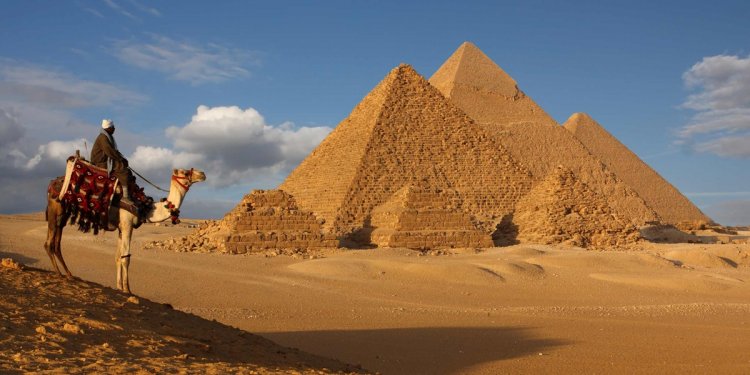
Holidays in Ancient Egypt
 The temple of Luxor is where the Opet event had been celebrated.
The temple of Luxor is where the Opet event had been celebrated.
Ancient Egyptian festivals had been frequently celebrated with choices, feasts and neighborhood gatherings. These celebrations took place for a number of explanations, eg strengthening the ruling pharaoh, celebrating the new 12 months or honoring Egyptian gods. These types of celebrations occurred in your area, however, like the Sed Festival, had been celebrated by all Egyptians.
Wepet Renpet
Ancient Egyptians celebrated the newest 12 months with an event labeled Wepet Renpet, or "opening of the season." The Egyptian New Year was not celebrated on an exact time since it corresponded utilizing the Nile River's yearly flooding. This typically occurred during the thirty days of July. This occasion was significant to ancient Egyptians as it ensured the fertility of this farmlands when it comes to next 12 months. Wepet Renpet was celebrated with feasts and neighborhood gatherings.
The Sed Festival
The sed-festival, also known as heb-sed and Feast regarding the Tail, had been a historical Egyptian event that celebrated the 30th year of a pharaoh's guideline. This event happened every three years before the end of a pharaoh's guideline. Sed celebrations included a number of temple rituals, offerings in addition to raising of adjed, the back of a bovine that represented the potency of the pharaoh. A feast has also been offered to the pharaoh to offer him strength to keep their rule.
The Opet Festival
The Opet Festival ended up being a special event of Theban Triad, the collective name of three Egyptian Gods. This event happened regarding the nineteenth day of the 2nd thirty days of Akhet, 1st season when you look at the Egyptian schedule. Throughout the festival, the statues of Theban Triad were brought by-boat through the temple of Amun to the temple of Luxor. In later festivals, the statues had been transported on a road connecting the 2 temples. Along the way, the procession would take a look at a number of chapels where in fact the neighborhood would gather and bring choices. The statues stayed at the temple of Luxor for three days before going back to their respective temples in Karnek, in which they stayed until the next Opet festival.
Festival of Khoiak
The Festival of Khoiak, also called ka-her-ka or sustenance upon sustenance, descends from myths concerning the Egyptian god Osiris. It really is thought that Osiris was murdered by his sibling Seth, but revived by his sister-wife Isis. The death and revival of Osiris ended up being seen through the fourth thirty days associated with the season of flooding. Once the Nile River receded, Egyptians celebrated the Festival of Khoiak by shaping earth to appear like Osiris' profile. Seeds were put in the "Osiris beds" to make sure the plants would thrive and stay revived like Osiris had been.

















